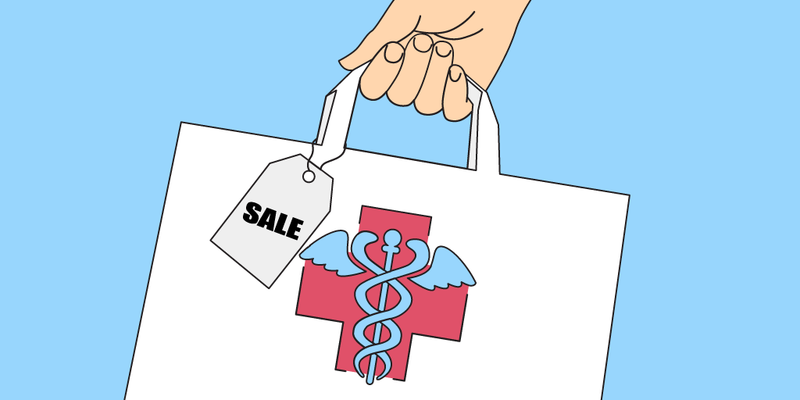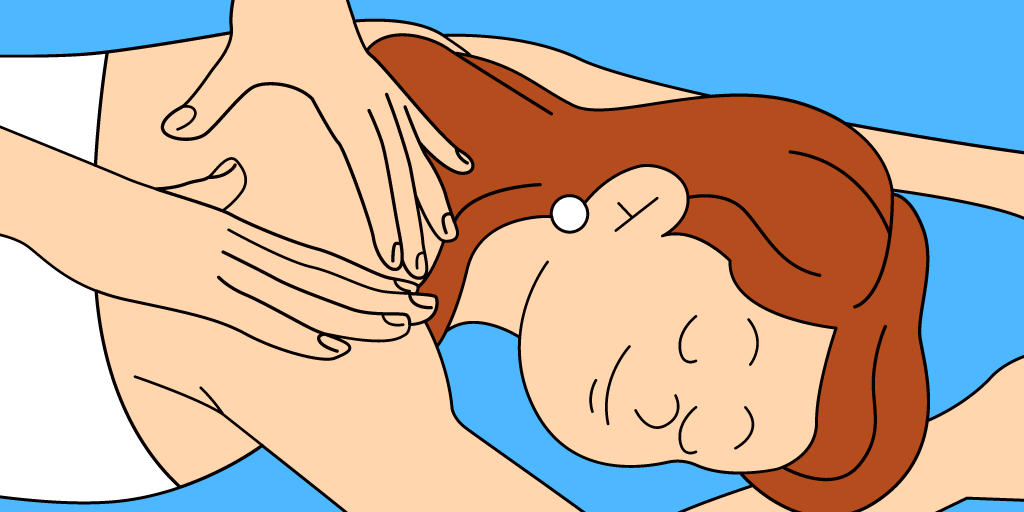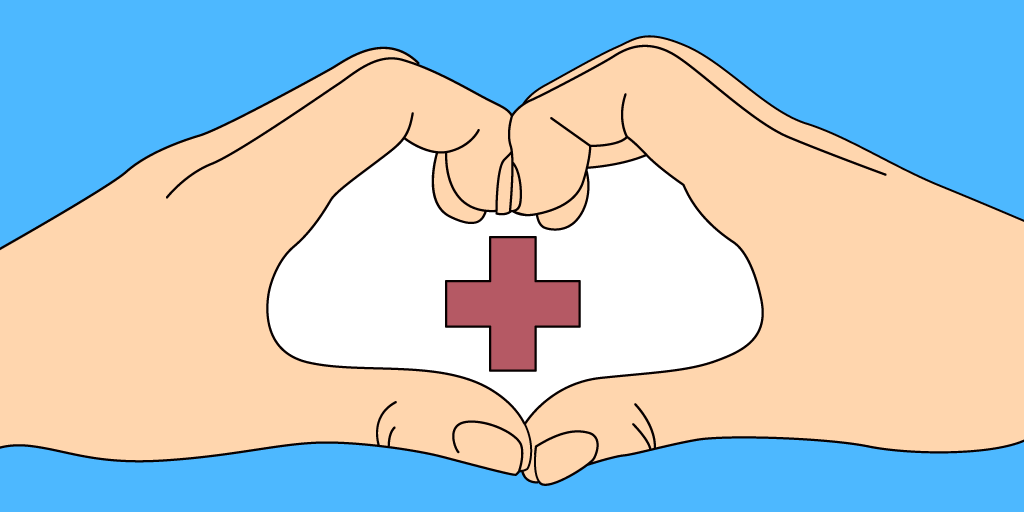Customers, guests, consumers, patients — it doesn't matter what you call them, your visitors want to get the best experience possible. While this is self-evident for industries such as retail, in healthcare this concept is more of a novelty.
So why don't hospital tap into retail's strategy of approaching customer experiences? Are there benefits to it? Would this even work?
This is what we're about to find out today. Tune in for What patient experience can learn from customer experience.
When improving a patient's experience, every little thing counts — even queues. With Qminder's free trial, you can start creating great waiting experiences for your patience.
Patient Experience, Defined
The Agency for Healthcare Research and Quality (AHRQ) defines patient experience as follows:
Patient experience encompasses the range of interactions that patients have with the health care system, including their care from health plans, and from doctors, nurses, and staff in hospitals, physician practices, and other health care facilities.
As an integral component of health care quality, patient experience includes several aspects of health care delivery that patients value highly when they seek and receive care, such as getting timely appointments, easy access to information, and good communication with health care providers.
That’s certainly a mouthful, so to make long story shorter, patient experience is about whether aspects of the healthcare system help provide the highest quality care. This includes, among other things, the ease of access to services and the quality of interactions with medical staff.
Where Does Patient Satisfaction Come in?

The terms “patient satisfaction” and “patient experience” are often used interchangeably and they do overlap somewhat, but they still describe different concepts within healthcare.
Patient satisfaction describes purely the level of contentment with the health services provided, while patient experience describes more tangible concepts.
Patient satisfaction can be measured, but at the end of the day, it is still subjective. Patient experience — as defined through access to, and quality of, medical services — is an objective measure.
Without discrediting the importance of patient satisfaction, the subjectivity vs. objectivity ultimately makes patient experience more conducive to improving healthcare quality.
Customer Experience Vs. Patient Experience: What’s the Difference?
Now that we’ve given proper definitions, time to answer the question of, “Can customer experience take some lessons from retail-based experiences?”
On the first glance, these two types of experiences couldn’t be farther from each other:
Patients are forced to participate in the experience, while a customer chooses his interactions.
While a customer is driven to satisfy the needs, a patient wants to prevent or avoid painful situations.
A patient has little to no control over the experience, while a customer can, to at least some extent, guide it.
A customer can walk away any time, while patients face several obstacles if they wish to do the same.
Everything above seems to imply that the difference between patient experience and customer experience is overwhelming — and it is. But that is not to say that healthcare can’t copy some of the better aspects of retail.
The point is that patient experience is fundamentally different from retail-focused experiences, but the underlying principles of both concepts operate on the same level. You service a person to the best of your abilities, in hopes that in a similar situation in the future they would come to you again.
That’s precisely why healthcare administrators need to start looking at retail companies for inspirations, and put “care” in “healthcare”.
Applying Retail Philosophy to Patient Experience
1. Empathy in Staff

It's certainly strange how an industry where empathy is, or at least should be, one of the main keywords seems to be the one lacking in empathy.
Showing empathy to customers plays a big role in modern retail. Despite certain differences between two industries, healthcare could really benefit from copying this approach.
Why does empathy matter in hospitals?
To keep long story short, empathy not only has therapeutic effects (by helping to reduce anxiety in patients), it also leads to better experiences in healthcare.
If you wish for your patients to open up more, you need to start training your empathy as soon as possible.
2. Focus on Communication

In fact, the number of patients who can’t correctly name their doctor is in the ballpark of 82-90%. Out of this percentage, 57% of patients are unable to name a single member of the medical team.
Interestingly enough, doctors spelling out their own names has a positive effect on patient satisfaction. When given a simple biosketch with their doctor’s data, patients experience a 22% increase in satisfaction level.
Then, there’s nonverbal means of communication, such as handshakes. According to a survey, 80% patients wish to shake their doctor’s hand. This number is higher for older patients who see handshake as more traditional way of greeting.
The effects of shaking hands in healthcare are more psychological than therapeutic.
3. Invest in Technology

While we don't quite reach the level of Silicon Valley's "technology can solve anything" optimism, there are undoubted benefits to using more technology in different aspects of medical care.
The point of technology is to remove or help avoid certain painpoints, and this is something no other industry poses to benefit from as much as healthcare. There is a number of harmful setbacks in the healthcare routine that could be solved through employing state-of-the-art tools.
For example, queues are a bane of any healthcare experience. It's not only that you're forced to wait before receiving service; it's that you're forced to wait unneccesarily. Much of patient wait time comes from mismanaged queues.
Were medical staff to start using patient queuing technology, the wait times and service times would drop significantly. As a result, both patient satisfaction and experience would reach new heights.
Depending on the queuing technology, there are other benefits to it, other than shorter queues. For one, you can get access to critical patient information upon their sign-in. This same information can then be used by doctors and nurses to better cater to patient's needs.
Bonus: List of 25+ Best Patient Queue Management System
4. Personalize Patient Experiences

Every patient of yours is an individual, and though their main goal is to get cured, they also want to feel respected and catered to along the way. That’s why personalizing your services is so important.
Before you say “Hey, that’s going to eat into our already small budget” — relax, there are minor, inexpensive ways in which you can start providing more personalized care right now.
For example, how about starting greeting your patients? While you’re at it, don’t forget to address them by their first name as much as possible.
Most patients, especially under the age of 65, prefer their doctors to call them by their first name. In fact, the younger the patient, the more positively they react to hearing medical staff using their given name.
Despite that, doctors don’t use first names in half of their first-time visits, and that’s something that stands to change if you wish to make your services more personalized and enjoyable. This is what retail is already doing, and there’s nothing that says that healthcare can’t do the same.
5. Optimize the Service Design

It's not often that you'd see the words "service design" and "healthcare" together, but the prospect of introducing service design to hospitals is not as absurd as you might think.
What does service design describe? It is about designing a high-quality customer journey process.
In retail, there has been a recent push for rethinking and improving waiting areas, through providing WiFi, planning out more comfortable furniture and seats, and better spacing. The layout itself is in need of tweaks as well.
Too many hospitals have confusing layouts, with different departments located in various wings, each having a separate entrance or a button in an elevator.
The floor markings and generously spread out maps could alleviate some of the confusion. It is, of course, the responsibility of the staff to explain where to go next and the best way to get there.
Empathetic staff (see section 1) would understand that being in a health institution, either as a patient or a visitor of one, often does not facilitate clear thinking. People get easily confused or forgetful when their mind is on something more important.
Doesn't seem so frightening, does it? Just five pieces of advice you can start acting on right away. With the power of technology and the right mindset, you can give your patients the experience they've always wanted and deserved.






